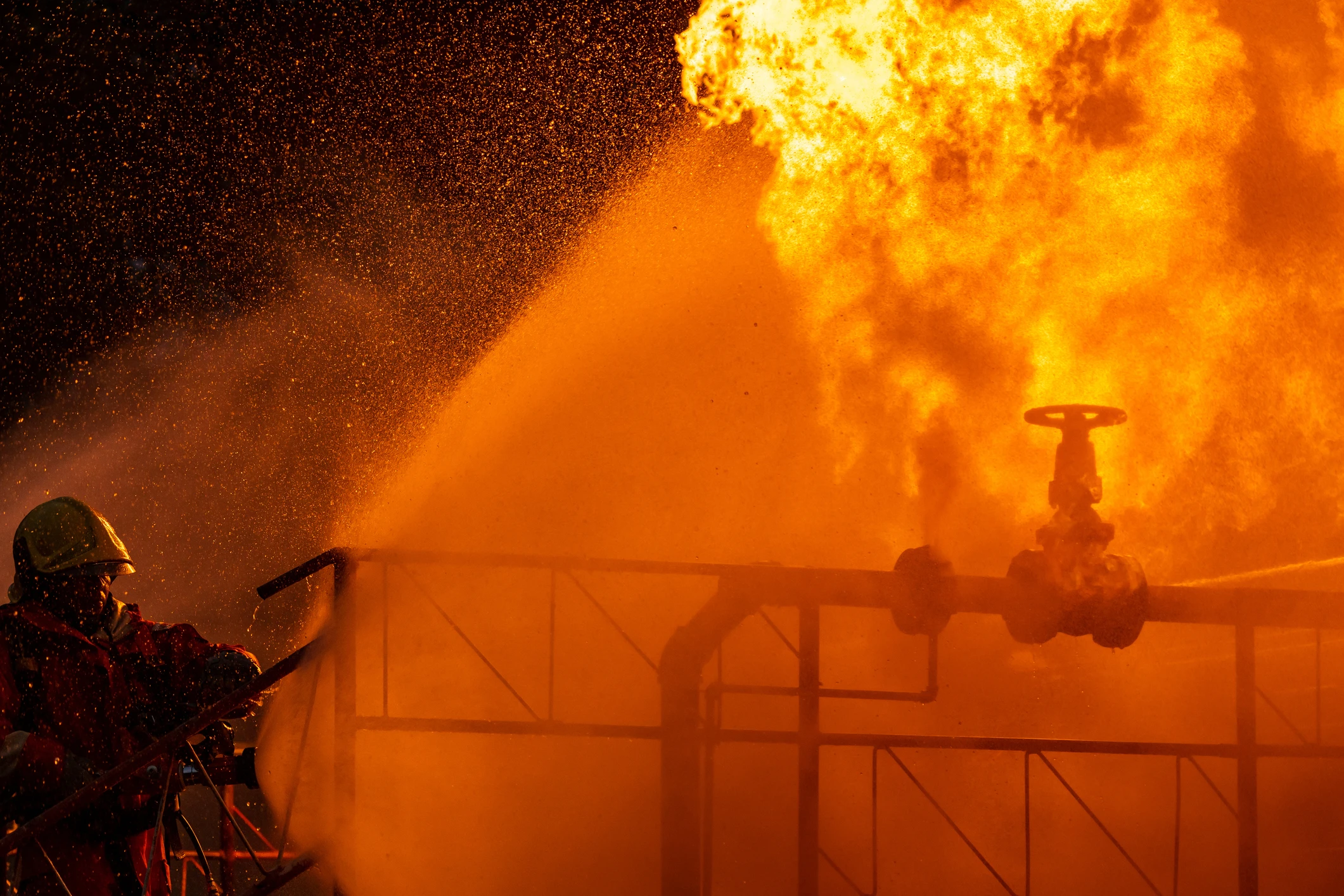Blue Ops Bespoke fire & rescue simulator design team are here to assist you. Whether
you are looking for a new simulator or thinking of an upgrade to your existing unit then
please don’t hesitate to contact us. Your next bespoke fire training simulator designs
involves a mix of engineering, software development, and understanding of firefighting
techniques. Here are the key steps and considerations when thinking of designing your
next Fire & Rescue Simulator
- Define Training Objectives: Understand the specific training objectives. For example, do you want to simulate residential fires, industrial scenarios, or specific hazards like chemical spills? Each scenario requires different setups.
- Safety First: Safety is paramount. Ensure that the simulator is designed to minimize risks to trainees and trainers. This includes fire suppression systems, ventilation, emergency exits, and protective gear.
- Simulation Environment: Design the physical environment, including the layout of buildings, rooms, and props. Use materials that mimic real-world structures and hazards, such as smoke generation systems, heat sources, and sound effects.
- Fire Generation Systems: Choose appropriate fire generation methods such as propane burners, controlled pyrotechnics, or digital flame projections. These systems should be adjustable to simulate different fire intensities and spread patterns.
- Smoke Simulation: Smoke simulation is crucial for realism and training effectiveness. Consider using smoke machines or digital smoke generators to create realistic smoke patterns and density.
- Heat and Temperature Control: Integrate heat sources like infrared heaters to simulate realistic temperatures. Use temperature sensors to monitor and adjust heat levels during training sessions.
- Fire Behavior Modeling: Incorporate fire behavior modeling software to simulate how fires spread, react to firefighting techniques, and interact with the environment. This adds complexity and realism to the simulations.
- Interactive Controls: Develop user interfaces and control systems that allow trainers to adjust simulation parameters in real-time. This includes controlling fire intensity, smoke levels, environmental conditions, and scenario progression.
- Data Collection and Feedback: Implement systems to collect data during simulations, such as trainee performance, response times, and decision-making. Provide feedback to trainees and trainers for debriefing and learning purposes.
- Regular Maintenance and Updates: Fire simulators require regular maintenance to ensure safety and functionality. Stay updated with industry standards, technology advancements, and regulatory requirements for fire training simulations.
By following these steps and collaborating with experts in fire safety, engineering, and
simulation technology, you can design bespoke fire training simulators that meet
specific training needs and provide realistic, effective learning experiences.

Contact us
for your live fire training needs!
